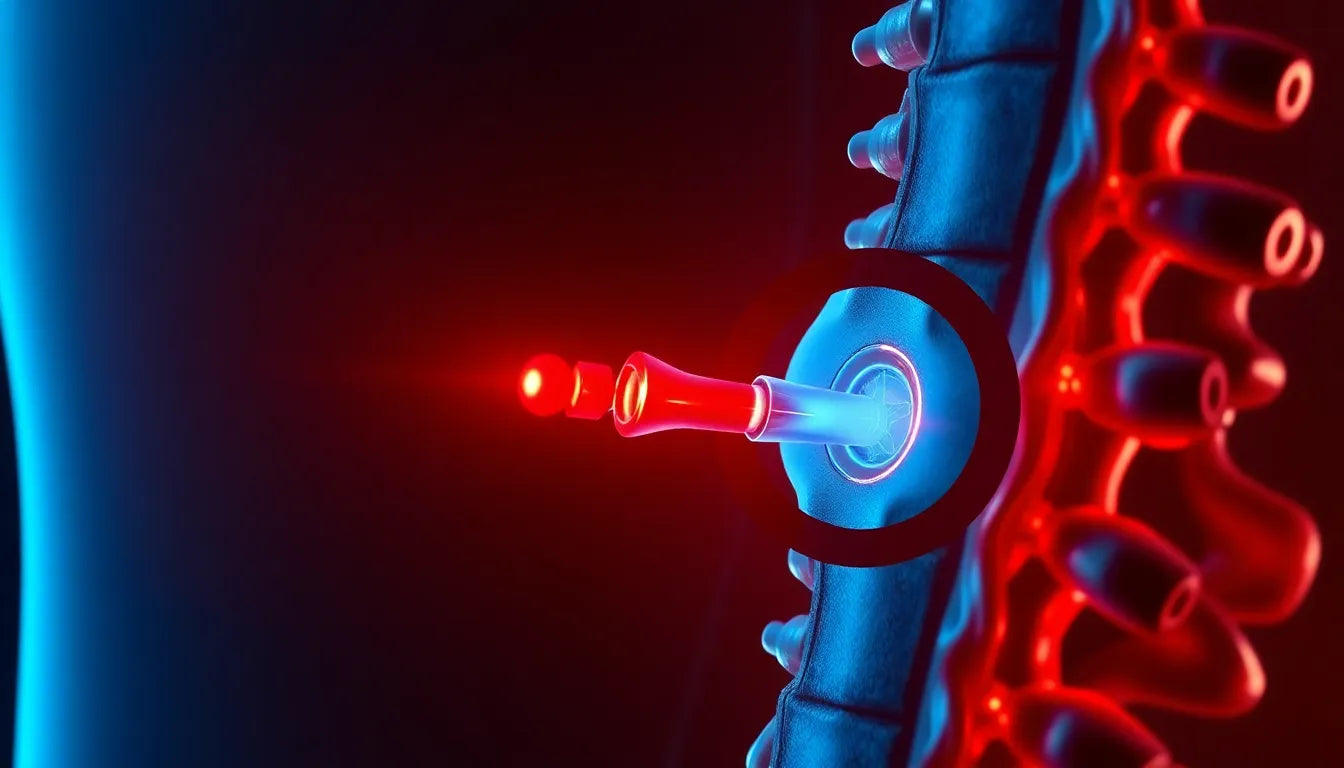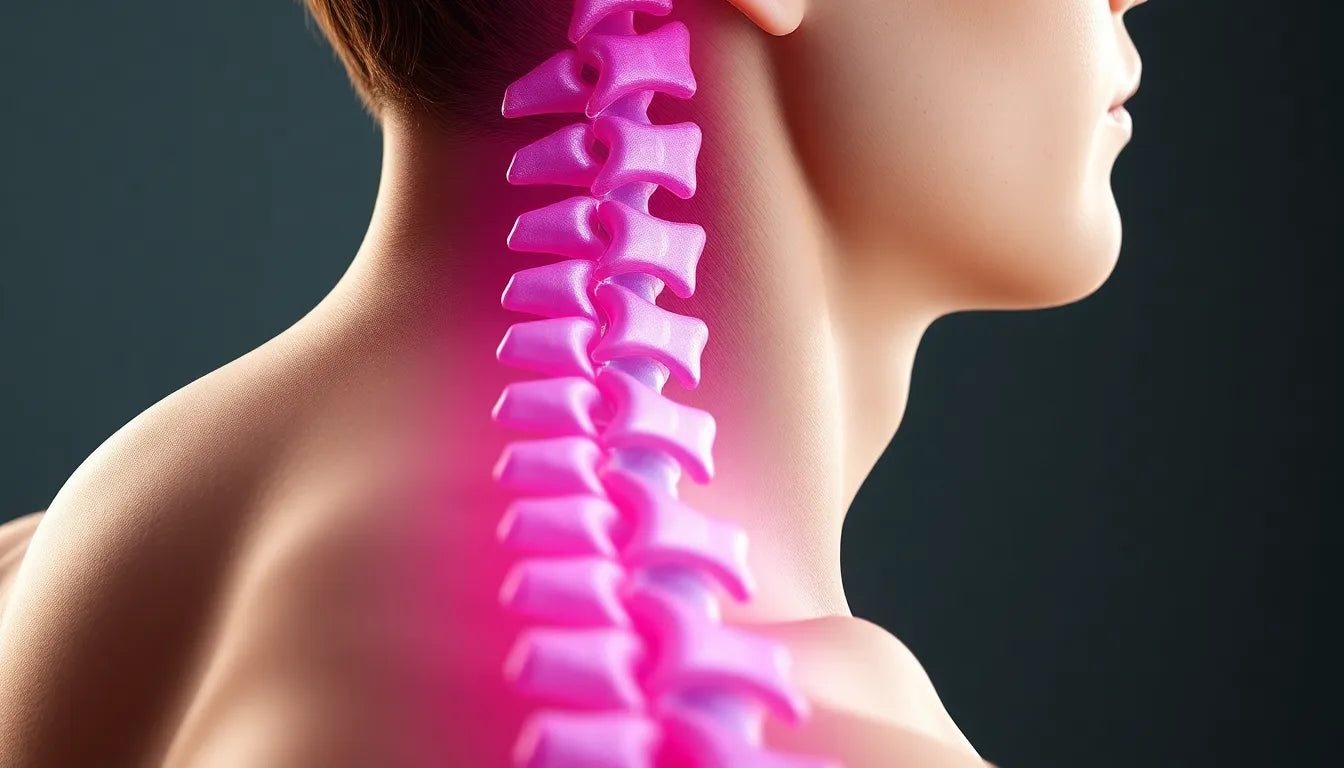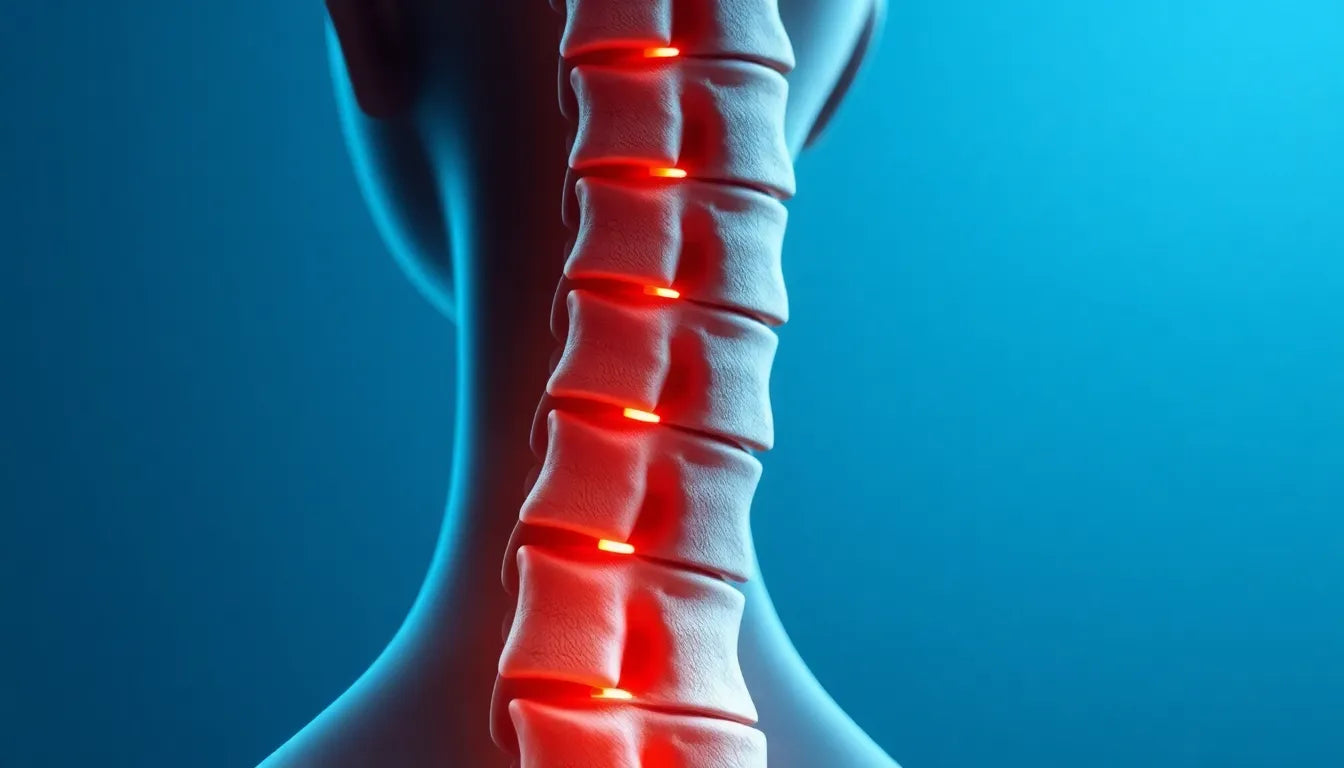Undergoing herniated disc surgery is a significant step toward alleviating pain and restoring normal function, especially for those who have been grappling with persistent discomfort. This surgical procedure is often recommended when conservative treatments fail to provide relief, and it aims to remove or repair the herniated portion of the disc to relieve pressure on the spinal nerves. However, as with any surgery, it's crucial to be informed about potential side effects that may arise during the recovery process. Understanding these can help you navigate your journey to recovery more effectively.
the road to recovery
The path to recovery after herniated disc surgery is twofold: managing side effects and regaining strength and mobility. It's essential to have a clear understanding of what to expect post-surgery to ensure a smoother recovery process. Awareness of potential complications and side effects is a vital component of this journey. By preparing yourself for possible challenges, you can take proactive steps to address them, ultimately leading to a more successful recovery.
importance of awareness
Patients often have common concerns about the side effects they might experience after herniated disc surgery. These concerns are not unfounded, as the recovery period can be accompanied by a range of side effects that may impact your healing process. From nerve damage and dural tears to infections and the risk of reherniation, each potential side effect requires careful consideration and management. By being informed about these possibilities, you can better prepare yourself for the road ahead, ensuring that you have the necessary support and resources to address any issues that may arise.
In the following sections, we will delve deeper into the specific side effects associated with herniated disc surgery, providing you with a comprehensive understanding of what to expect. This knowledge will empower you to take control of your recovery, enabling you to focus on regaining your strength and returning to your normal activities as soon as possible.
common side effects and risks of herniated disc surgery
While herniated disc surgery can provide significant relief, it is important to be aware of potential side effects and risks that may arise during the recovery period. Being informed about these possibilities allows you to recognize symptoms early and seek appropriate care. Below, we explore some of the most common side effects associated with this type of surgery.
nerve damage
Nerve damage is a concern for patients undergoing herniated disc surgery. Symptoms can include numbness, tingling, or weakness in the legs, which may occur if the nerves are irritated or injured during the procedure. Although rare, severe outcomes like paralysis can occur due to complications such as bleeding inside the spinal column or accidental damage to the spinal cord or nerves. Monitoring for unusual sensations and reporting them to your healthcare provider is crucial for early intervention.
dural tears
Dural tears, which involve a tear in the protective covering of the spinal nerves, occur in a small percentage of surgeries. While they are typically managed effectively during the operation, they can lead to cerebrospinal fluid leaks, resulting in headaches or prolonged recovery. Awareness of these symptoms can prompt timely medical evaluation and treatment.
infection
Infections at the surgical site are a potential risk after herniated disc surgery. Signs of infection include increased pain, redness, swelling, or drainage from the incision. Fever and chills are also possible indicators. Maintaining good hygiene and following post-operative care instructions can reduce the risk of infection, but any signs should be reported to your doctor immediately.
blood clots
The formation of blood clots, particularly deep vein thrombosis (DVT), is another concern. This condition can cause swelling, pain, and redness in the affected leg. To minimize the risk, doctors often recommend early mobilization, use of compression stockings, and sometimes anticoagulant medications. Recognizing early symptoms is vital to prevent complications such as pulmonary embolism.
reherniation
Reherniation, where the disc herniates again, occurs in approximately 5% of cases. This can lead to a recurrence of symptoms and may require additional treatment or surgery. Adhering to post-operative guidelines, including activity restrictions and proper lifting techniques, can help lower the risk of reherniation.
failed back surgery syndrome
Failed back surgery syndrome (FBSS) is a condition where patients continue to experience pain after surgery. Statistics suggest that 3-15% of patients may develop FBSS, with some requiring further surgical intervention. Understanding this risk underscores the importance of a comprehensive recovery plan and ongoing communication with your healthcare team to optimize outcomes.
recovery timeline after herniated disc surgery
The recovery process following herniated disc surgery varies from person to person but generally follows a predictable timeline. Knowing what to expect can help you plan and manage your recovery more effectively.
hospital stay
Most patients are discharged from the hospital the same day or the day after surgery. During this time, healthcare providers will monitor your initial recovery and ensure you are stable before returning home.
overall recovery
The full recovery period typically spans 6-12 weeks, depending on the type of surgery and individual factors. Patients are encouraged to gradually increase their activity level while following medical advice to avoid complications.
initial healing
The first 2-4 weeks post-surgery are crucial for initial healing. During this period, you may experience some discomfort and need to manage pain with prescribed medications. Signs of progress include reduced pain and increased mobility.
return to work
The timeline for returning to work depends on the physical demands of your job. Many patients can resume work within 2-4 weeks, while those with physically demanding roles may require up to 12 weeks for a safe return.
physical therapy
Physical therapy plays a vital role in recovery, typically starting 3-4 weeks after surgery. It helps rebuild strength and flexibility, promoting a faster and more complete recovery. Following your physical therapist's recommendations can significantly enhance your rehabilitation process.
Managing side effects after herniated disc surgery
Post-surgery recovery involves not only healing but also effectively managing side effects. Pain management is a crucial aspect, and patients are often prescribed medications to alleviate discomfort. Non-pharmacological approaches, such as applying ice packs, engaging in gentle stretching, and practicing relaxation techniques, can also be beneficial. These methods can help reduce swelling and promote a sense of well-being during recovery.
Ergonomics and daily activities
Incorporating ergonomic principles into daily activities is essential for preventing complications and aiding recovery. Proper posture when sitting, standing, and lifting can significantly reduce strain on the spine. Using supportive furniture and ensuring your workstation is set up ergonomically can help maintain spinal alignment and prevent reherniation. Patients should be mindful of their movements and avoid activities that involve twisting or heavy lifting during the initial recovery phase.
Lifestyle adjustments for recovery
Adopting certain lifestyle changes can support recovery and minimize the risk of side effects. Maintaining a healthy weight through a balanced diet and regular, gentle exercise can reduce pressure on the spine. Smoking cessation is highly recommended, as smoking can impede healing and increase the risk of complications. Additionally, staying hydrated and ensuring adequate rest are vital components of a successful recovery strategy.
Patient-centered advice for recovery
Practical advice can empower patients to navigate daily life during recovery with confidence. Simple measures, such as organizing your living space to minimize unnecessary bending or reaching, can enhance comfort and safety. Having a support system, including family, friends, and healthcare providers, is invaluable. They can assist with daily tasks and provide emotional support, which is crucial for maintaining a positive outlook during recovery.
Frequently Asked Questions
How long is recovery after herniated disc surgery?
Recovery typically spans 6-12 weeks, depending on the type of surgery and individual factors. Patients should follow their surgeon's recommendations to ensure a smooth recovery process.
What activities should I avoid after disc surgery?
Patients should avoid heavy lifting, twisting, and high-impact activities during the initial recovery phase. It's important to gradually reintroduce activities as advised by your healthcare provider.
How can I prevent reherniation?
Preventing reherniation involves adhering to post-operative guidelines, maintaining proper posture, and avoiding activities that strain the spine. Engaging in physical therapy can also strengthen the back muscles and support spinal health.
What should I do if I experience severe pain or new symptoms?
If you experience severe pain or new symptoms, such as numbness or weakness, contact your healthcare provider immediately. Early intervention can prevent complications and ensure appropriate management.
When should I start physical therapy?
Physical therapy usually begins 3-4 weeks after surgery, but the timing may vary based on individual recovery progress. Your doctor will recommend the appropriate time to start therapy to optimize your rehabilitation process.
Sources
- Mayo Clinic. "Diskectomy: Risks and Procedures."
- NHS. "Lumbar Decompression Surgery: Risks."
- Medical News Today. "Herniated Disc Surgery: Types and Recovery."
- OSS (Orthopedic & Spine Specialists). "Recovery Expectations and Physical Therapy."
- Atlantic Spine Center. "Timeline for Recovery and Success Rates."
- Spine-Health. "Microdiscectomy Complications and Success Rates."
- OSC Ortho. "Statistics on Surgical Complications."


















